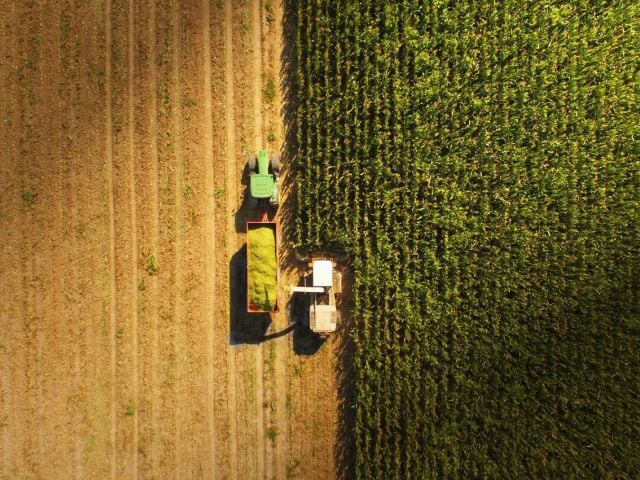.jpg?h=827069f2&itok=pb854oHn)
The sale of antibiotics for use in livestock grew by 10 percent between 2017 and 2023, further jeopardizing the effectiveness of these life-saving drugs for humans.
The overuse of antibiotics in farm animals makes them less effective as bacteria become more resistant, leading to almost 3 million illnesses and 35,000 deaths a year in the U.S.
But sales of these drugs for use in factory-farmed animals went up from 5.6 million kilograms, or kg, in 2017 to 6.1 million kg in 2023, EWG found using data from the Food and Drug Administration.
These antibiotics are classified as medically important for human use.
Swine was the fastest-growing category of livestock getting these medications, rising from 2 million kg in 2017 to 2.7 million kg in 2023, a 33 percent increase.
Sales for use in cattle also went up, from 2.3 million kg to 2.5 million kg, a growth rate of eight percent.
By contrast, the amount of medically important antibiotics sold for use in chickens has continued to fall.
Medically important antibiotics approved for use in food-producing animals marketed 2017-2023
Source: Food and Drug Administration
In the U.S., most medically important antibiotics sold – about 70 percent – are given to animals, not humans. Experts have also recently reported that the drugs increasingly go to animals instead of people.
The need for antibiotics in farm animals has surged in recent decades as more animals are raised in crowded conditions on factory farms, which make a fertile breeding ground for bacteria.
Since 2017, the FDA has banned the use of antibiotics to help promote animal growth. The agency has required farmers to get a prescription from veterinarians before adding antibiotics to animal feed.
But antibiotics are still widely used to prevent illness in livestock, even when the animals are healthy. And the FDA still fails to track how farms use antibiotics.
A change in how pigs are raised could reduce the need for antibiotics significantly. Denmark, Europe’s second largest pork producer, added more space and better ventilation to the way barns are set up, cutting antibiotic use in half.
U.S. farmers can make similar changes by raising fewer animals in better-ventilated barns. These adjustments could greatly reduce the amount of antibiotics given to livestock.
When the label on a conventional meat product claims the animal was raised without antibiotics, those claims may be unverified or downright false. But the Department of Agriculture recently beefed up its regulation of antibiotic-free meat product claims, pledging to penalize farms making “false or misleading negative antibiotic claims.”
Antibiotic use is prohibited in production of USDA-certified organic meat, so worried consumers can choose to buy organic meat or consider plant-based alternatives.



